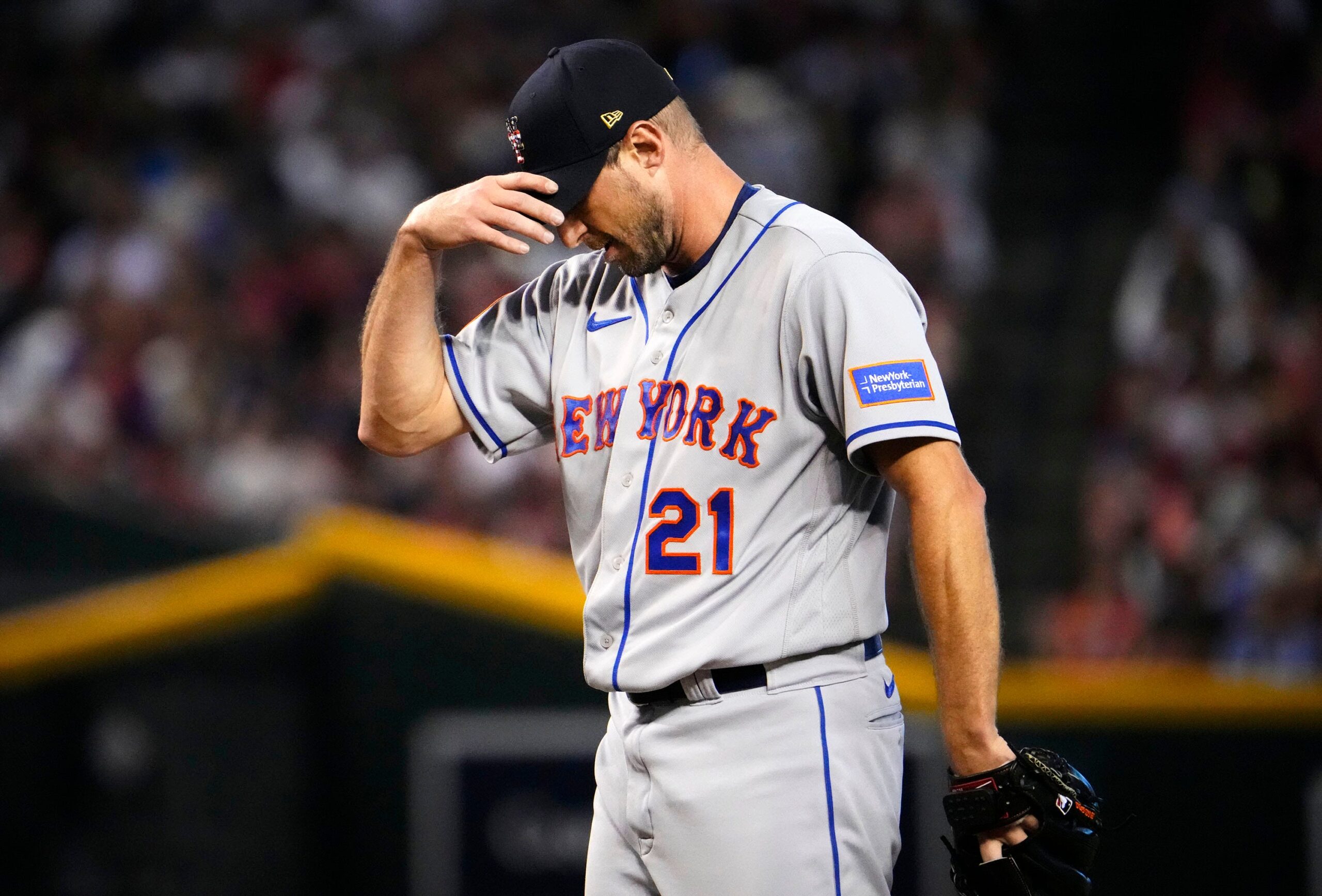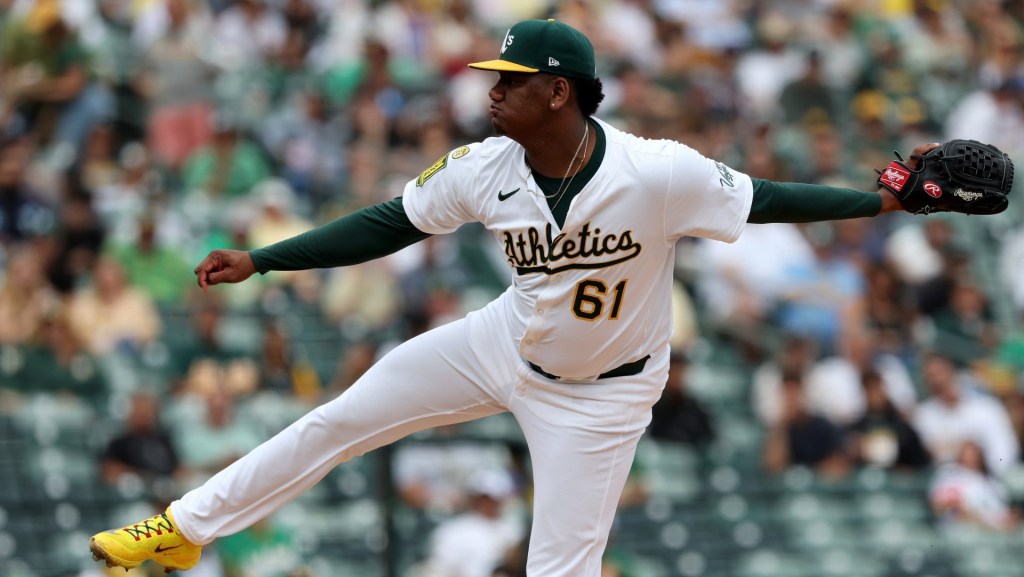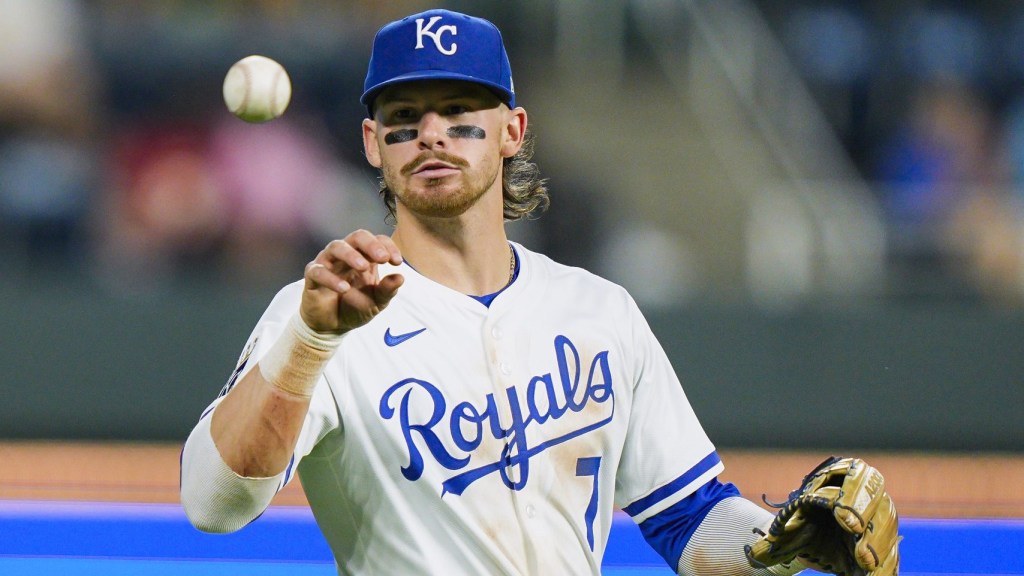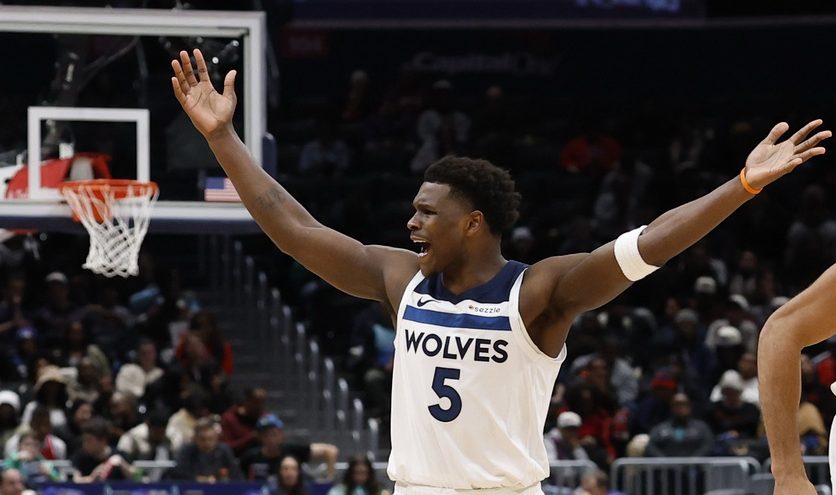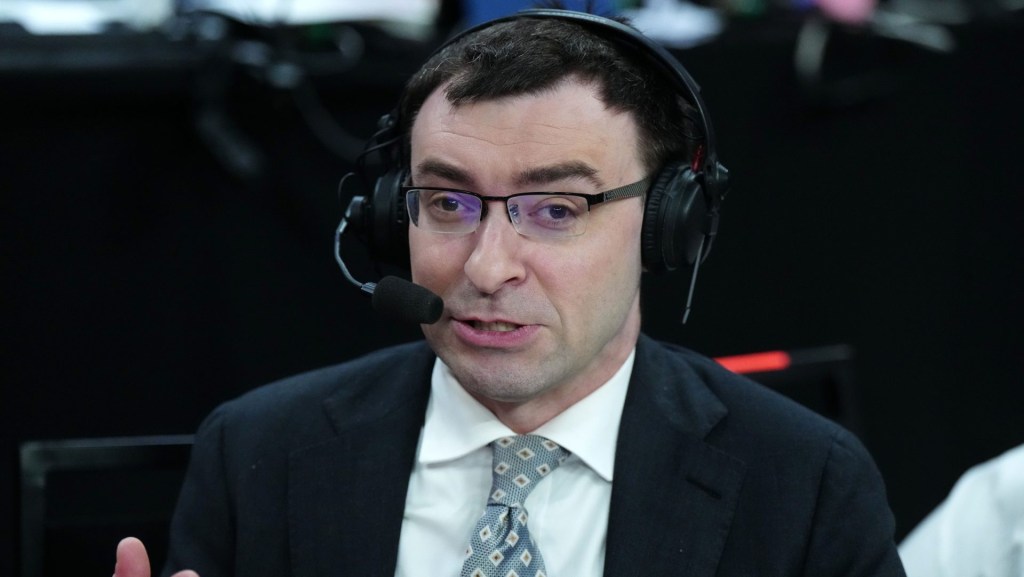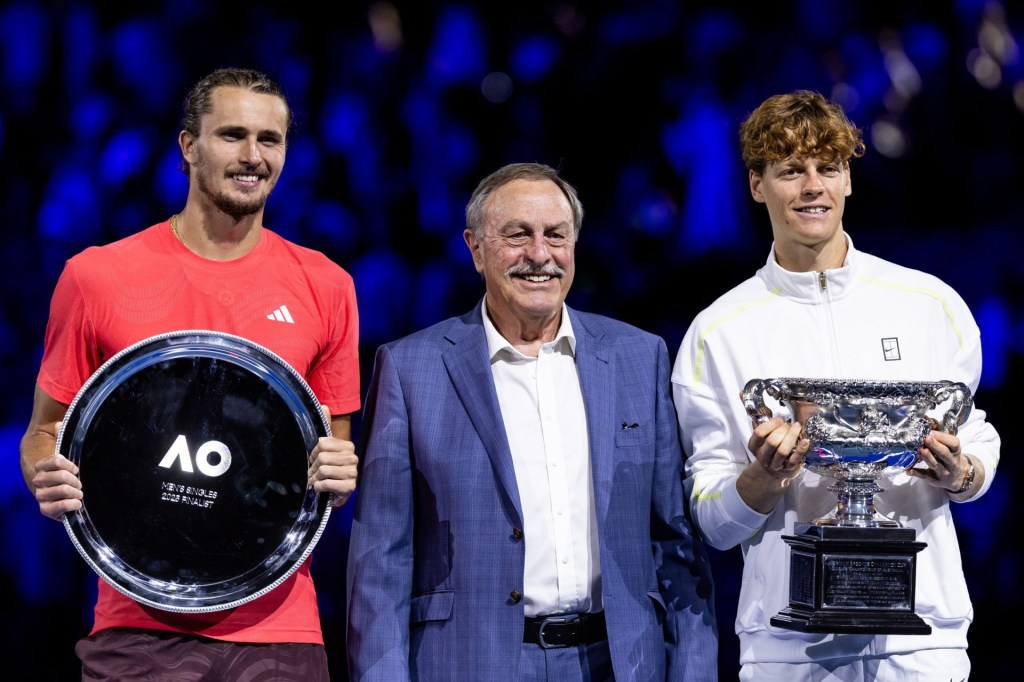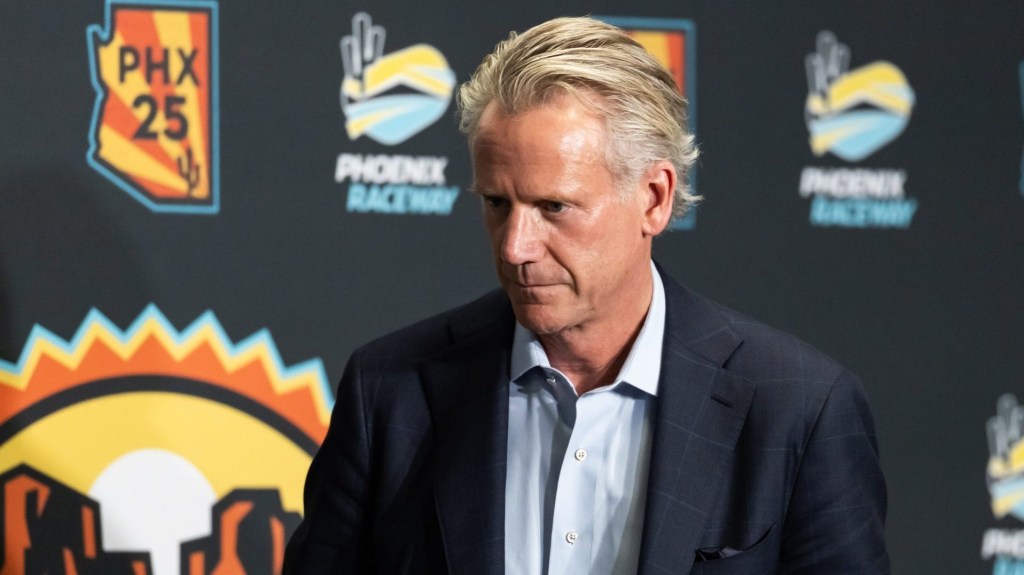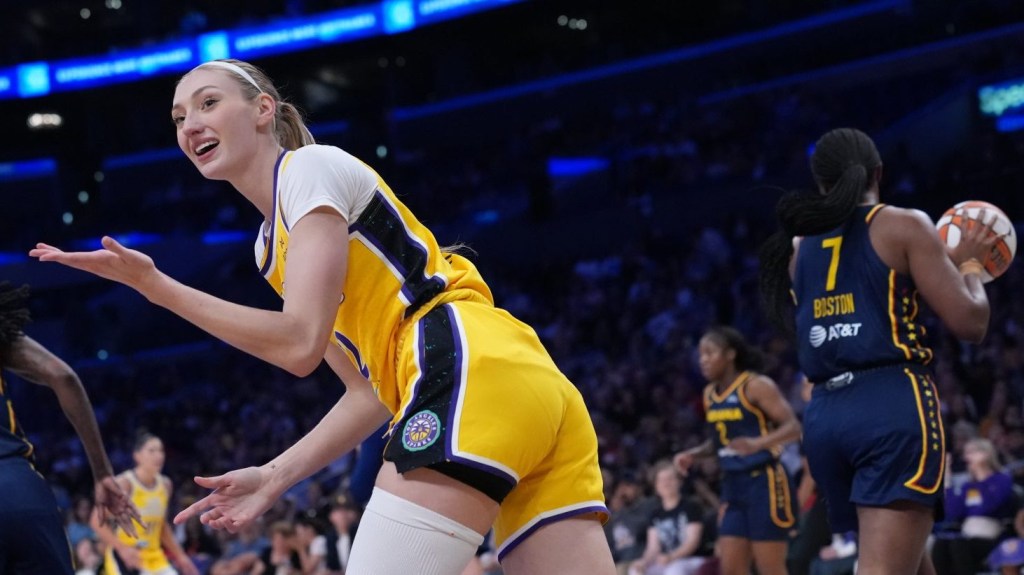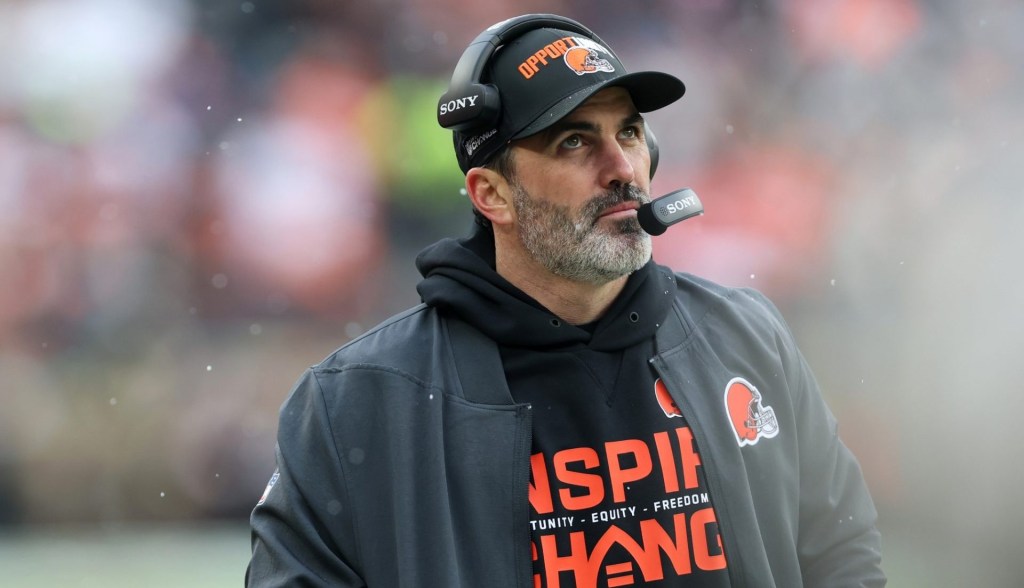After more than a generation of MLB team payrolls closely tied to on-field success, that model is being inverted like never before.
Entering this week’s All-Star Break, the New York Mets — owners of MLB’s highest payroll ever at $348 million — are out of playoff position and openly musing about dismantling their current roster. A similar situation exists in San Diego, where the $246 million Padres — also below .500 after franchise-record offseason spending — are wondering what’s gone wrong.
Meanwhile, two of the three lowest-spending MLB teams and four of the bottom six are squarely in postseason contention, while the top four and five of the top six are currently not in playoff position.
“It’s terrible,” Mets owner Steve Cohen said of his team’s situation. “That’s not what I expected.”
For more than two decades, MLB has wrestled with the effects of payroll disparity, which have deeply impacted multiple rounds of labor negotiations, caused numerous internal schisms between teams and individual owners, and led the league to create an economic reform committee last year.
But as teams like the $76 million Tampa Bay Rays — operating under near-constant sale rumors and without a modern ballpark — more than hold their own, more executives are openly questioning what strategy is truly best.
“You’ve heard me say numerous times now that I shouldn’t need a $300 million payroll to win a world championship,” said Hal Steinbrenner, managing general partner of the New York Yankees — who nevertheless are spending $280 million this year but sit a game out of the final AL Wild Card slot.
